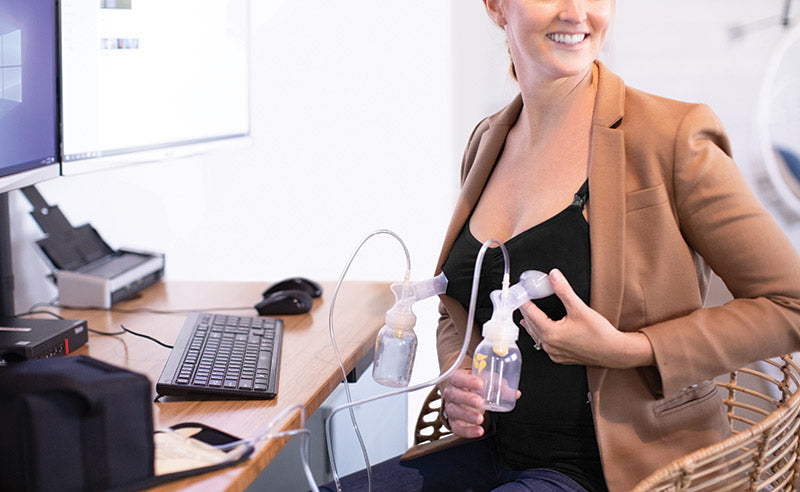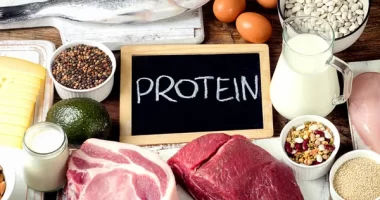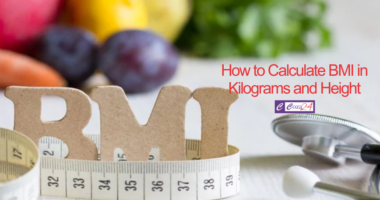Find out “Can women produce milk without pregnancy?” The simple answer is no. Women need to be pregnant in order to produce milk. However, there are a few ways that women who are not pregnant can still produce milk. This blog post will explore the science behind why women need to be pregnant to produce milk, as well as the few exceptions to this rule.
Table of Contents
How does lactation work?
Lactation is the process of milk production in mammals. It occurs when a female’s mammary glands produce milk for her offspring. Milk production can occur without pregnancy, but it is typically stimulated by the hormone prolactin, which is released during pregnancy and childbirth.
The mammary glands are located in the breasts and are composed of milk-producing cells and ducts that carry milk to the nipples. When milk production is stimulated, these cells increase in size and number and secrete milk into the ducts. The milk is then transported through the ducts to the nipples, where it can be fed to newborns or other infants.
Lactation usually stops when a female stops producing prolactin, though it can also be halted by medical interventions such as breast surgery or certain medications. Some women are able to continue lactating even after they stop producing prolactin, though this is less common.
Can women produce milk without pregnancy?
There are a few ways that women can produce milk without pregnancy, but it is not common. One way is through induced lactation, which is when a woman stimulates her breasts to produce milk even though she is not pregnant or nursing.
This can be done by pumping or massaging the breasts, and it may take a few weeks for the milk to come in. Another way is to use a medication called domperidone, which can help to increase milk production.
However, this medication is not approved for use in the United States, and it can have some serious side effects. Finally, there are some foods and herbs that are thought to help with milk production, such as fenugreek, blessed thistle, and goat’s rue. It is important to talk to a healthcare provider before taking any of these supplements, as they can interact with other medications.
How does inducing lactation work?
There are two main ways to induce lactation: the hormone method and the galactagogues method.
The hormone method uses a combination of estrogen and progesterone to trick your body into thinking it is pregnant. This method is started anywhere from four to six weeks before you want to start breastfeeding. Once you stop taking the hormones, your milk production will gradually decrease.
The galactagogues method uses medications or herbs that stimulate milk production. This method can be started anytime before you want to start breastfeeding. The most common medication used is domperidone, which is not available in the United States. Other common medications include metoclopramide, sulpiride, and bromocriptine. Herbs that have been traditionally used to stimulate milk production include fenugreek, blessed thistle, and goat’s rue.
The benefits of breastfeeding
It is well known that breastfeeding has many benefits for both mother and child. Breastfeeding provides the perfect nutrition for babies, helps them bond with their mothers, and can help reduce the risk of developing certain diseases later in life.
But what are the benefits of breastfeeding for mothers?
Recent research has shown that breastfeeding can help lower a mother’s risk of developing breast cancer, ovarian cancer, type 2 diabetes, and cardiovascular disease. Additionally, breastfeeding can help promote weight loss after pregnancy and improve bone density.
So not only is breastfeeding beneficial for babies, but it also comes with a host of health benefits for mothers as well. If you’re thinking about starting a family, be sure to talk to your doctor about the best way to feed your baby.
The risks of inducing lactation
There are a few risks associated with inducing lactation, even when done under the supervision of a medical professional. These risks include:
- Engorgement: This can happen when too much milk is produced and the breasts become overly full. engorgement can be painful and may lead to inflammation or infection.
- Mastitis: This is an infection of the breast tissue that can occur when milk ducts become blocked. Symptoms include pain, redness, and swelling.
- Nipple soreness: Soreness or cracking of the nipples can occur during the early stages of lactation. This is usually due to poor latch or incorrect positioning during breastfeeding.
Overall, the risks of inducing lactation are relatively low. However, it’s important to speak with your healthcare provider before making the decision to induce lactation.
How to produce breast milk while not pregnant
It is possible for women to produce milk without being pregnant, but it is not common. This can happen for a number of reasons, including:
- Glandular breasts: some women have breasts that are able to produce milk even if they have never been pregnant or breastfeeding before;
- Hormonal changes: certain hormones (such as prolactin) can stimulate milk production even in the absence of pregnancy;
- Medications: certain drugs (like domperidone) can increase milk production;
- Induced lactation: this is when a woman stimulates her breasts to produce milk by using a breast pump or manually expressing milk. This can be done even if the woman has never been pregnant or breastfeeding before.
Conclusion
There are a lot of myths and misconceptions about women’s bodies and what they are capable of. The fact is that women can produce milk without being pregnant, but the process is a bit more complicated than simply ‘turning on the tap’. If you’re interested in learning more about this fascinating topic, we suggest doing some additional research to find out all the ins and outs.










